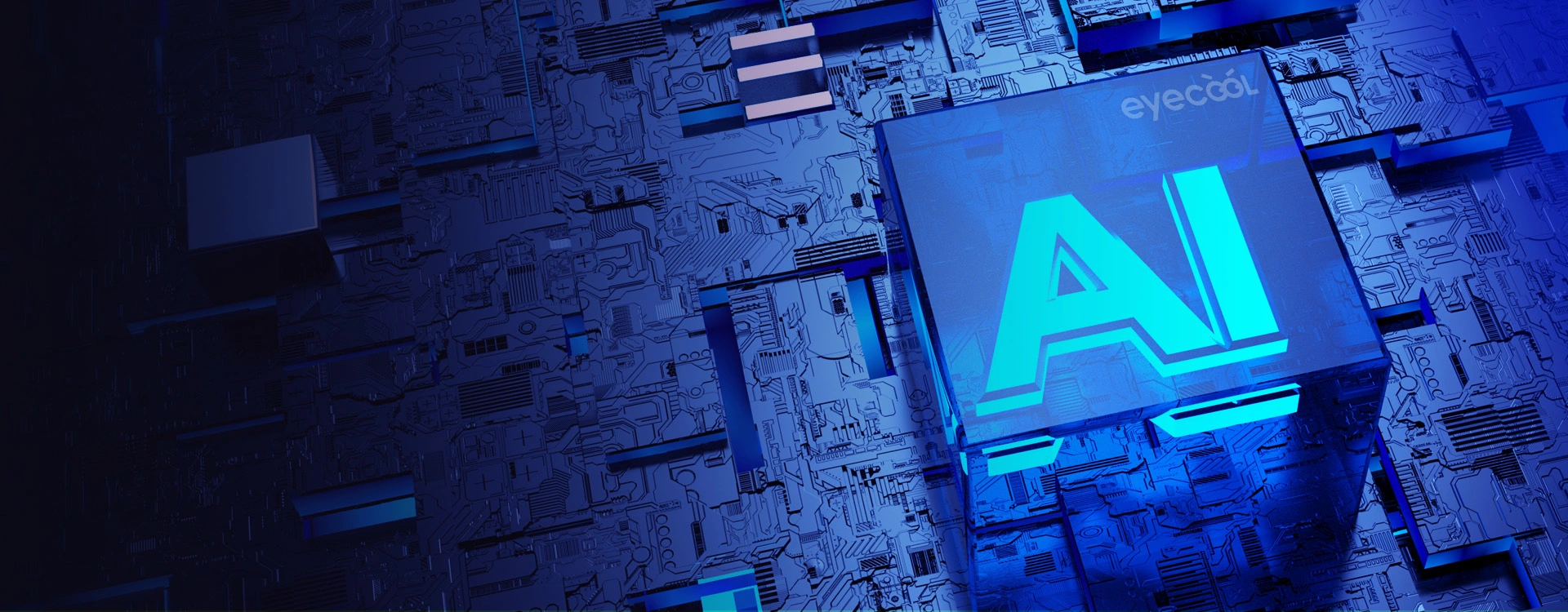Focused on biometric identification and fingerprint identification algorithm for 25+ years, Eyecool Technology owns world leading proprietary multi-modal biometric maching algorithm. Applying deep learning into biometric identification, Eyecool developed multiple modals of biometric algorithms, including fingerprint scanning algorithm, finger vein, face, iris and multi-modal fusion algorithms. Biometric algorithms of Eyecool such as fingerprint authentication algorithm have been applied in various industries such as finance, education, civil identification, etc.

Biometric maching algorithm uses image processing and pattern recognition methods to extract features from collected human physiological features or behavioral features, for digital processing, and converts them into digital codes, then data will be stored in the database by the system. When users communicate with the recognition system for identity authentication, the biometric algorithm such as fingerprint identification algorithm extracts the captured features and compares them with the feature template in the database to determine whether they match, so as to determine and verify the identity. In this process, reliable feature extraction and matching algorithms are particularly important.
Topics you may be interested in : What is ABIS

1. Fingerprint Image Preprocessing:
Noise Reduction: Algorithms can be used to reduce noise and enhance the clarity of the captured fingerprint image. This might involve techniques like median filtering or Gabor filtering.
2. Fingerprint Segmentation:
Region of Interest (ROI) Extraction: Algorithms can identify the fingerprint area within the captured image, separating it from the background. Techniques like thresholding or mathematical morphology might be employed.
3. Feature Extraction:
Minutiae Extraction: This is a crucial step where algorithms identify and extract the distinguishing features of the fingerprint, such as ridge endings and bifurcations (where a ridge splits). Minutiae extraction often involves analyzing the fingerprint's orientation and frequency to accurately locate these features. There are various algorithms used for minutiae extraction, some common examples include:
Crossover Counting
M filter-based methods
Zernike moments
4. Fingerprint Matching:
Template Matching: This stage involves comparing the extracted features (minutiae) from the captured fingerprint to a template stored in a database. The template typically contains the minutiae data from a previously enrolled fingerprint. Here, algorithms calculate the similarity score between the two sets of minutiae points. Common matching algorithms include:
Nearest Neighbor Matching
Correlation-based Matching
Additional Considerations:
Security Algorithms: Some systems might incorporate additional algorithms for encryption and secure storage of fingerprint templates within the database.
Generally, there are two modules in biometric identification system logic, enrollment module and identification module.
Enrollment module: Register the basic information of people first, and capture biometric data of users using biometric scanners and biometric data capture software, then extract the biometric feature data from data acquired, create feature template and save the feature data into database together with users's basic information, the biometric images would be archived in the disk.
Identification module: Capture and extract biometric feature data of user and compare the data with template saved in database to identify the identity of user.